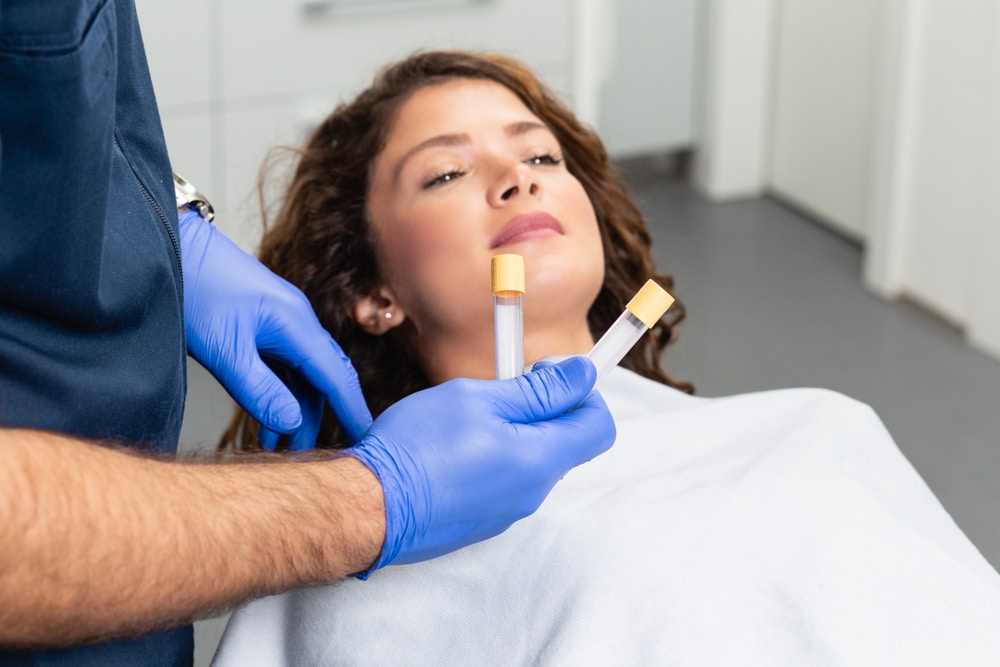Medical professionals use PRP therapy in a variety of specialties beyond pain management. The process involves concentrating platelets from a patient’s blood, which are then prepared for treatment. Because the platelets are derived from the patient, this approach is tailored to the individual. Here are some of the innovative uses of platelet rich plasma therapy:
Innovative Applications
Innovative applications of platelet rich plasma therapy extend beyond general pain management. Providers prepare enriched platelets from a patient’s own blood and introduce them into targeted areas to address chronic tendon injuries, relieve arthritis-related discomfort, or support recovery after surgery. These uses highlight how PRP can be integrated into treatment plans for conditions that persist or require added support.
Other innovative approaches include the application of PRP to sports injuries and Achilles tendon tears, where concentrated platelets are directed to the injured site. By adapting the same preparation method across multiple conditions, PRP therapy demonstrates versatility in treating musculoskeletal concerns.
Expanding PRP Uses
Chronic tendon injuries are treated with platelet rich plasma by injecting concentrated platelets into the affected tissue to support the body’s repair process. Arthritis-related pain is addressed when PRP is introduced into joints that show wear, aiming to improve function and reduce discomfort. After surgery, providers may apply PRP directly to the treated area to assist with healing. At the same time, Achilles tendon tears and sports-related injuries are managed by targeting damaged tissue with platelet-rich injections.
Beyond Traditional Care
Plasma therapy goes beyond conventional pain relief by being applied directly to damaged or inflamed tissue. Providers draw a small sample of blood, separate and concentrate the platelets, then inject them into areas affected by arthritis or tendon injuries. This method works with the body’s existing repair mechanisms, targeting the source of discomfort rather than masking symptoms.
PRP is also incorporated into post-surgical recovery and the treatment of sports-related injuries. Concentrated platelets are introduced into the healing site to support tissue repair and improve joint function after stress or trauma. By tailoring the application to specific conditions, practitioners use PRP as a regenerative option within broader treatment plans.
Modern Approaches
Modern approaches to PRP therapy focus on improving preparation and delivery methods. Advances in centrifuge systems create more consistent platelet concentrations, while specialized equipment reduces processing time without compromising quality. Point-of-care testing enables providers to measure platelet levels before treatment, supporting a more personalized approach. Digital imaging techniques, such as ultrasound guidance, allow injections to be delivered directly to joints or soft tissue, which can increase accuracy and reduce discomfort.
- Consistent platelet concentrations with advanced centrifuge systems
- Faster processing using specialized medical equipment
- Point-of-care testing for platelet measurement
- Ultrasound guidance for accurate injection placement
Start Platelet Rich Plasma Therapy Today
Innovative applications of PRP therapy include treating arthritis, chronic tendon injuries, and sports-related conditions such as Achilles tendon tears, as well as supporting recovery after surgery. The process involves preparing concentrated platelets from a patient’s blood and directing them to the affected areas to engage the natural repair mechanisms. Exploring these innovative uses highlights how PRP therapy is being adapted across multiple treatment needs.
